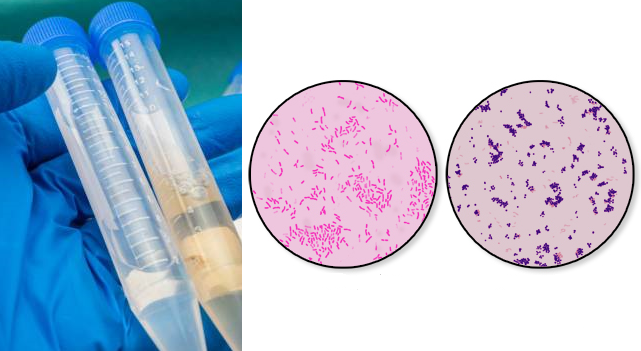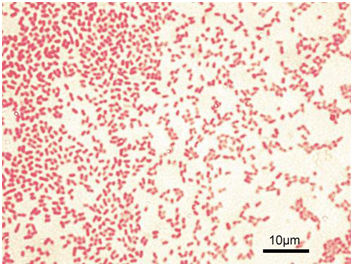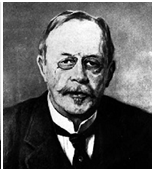AIM: To detect the presence of pus cells and bacteria in cerebrospinal fluid (CSF) specimen. […]
Tag: Gram staining
GRAM STAINING TECHNIQUE
Gram staining is a general purpose bacteriological identification technique used in the bacteriology section of […]
HANS CHRISTIAN JOACHIM GRAM (1853-1938)
Hans Gram developed a microbiological technique which is still used today in clinical microbiology practice […]




